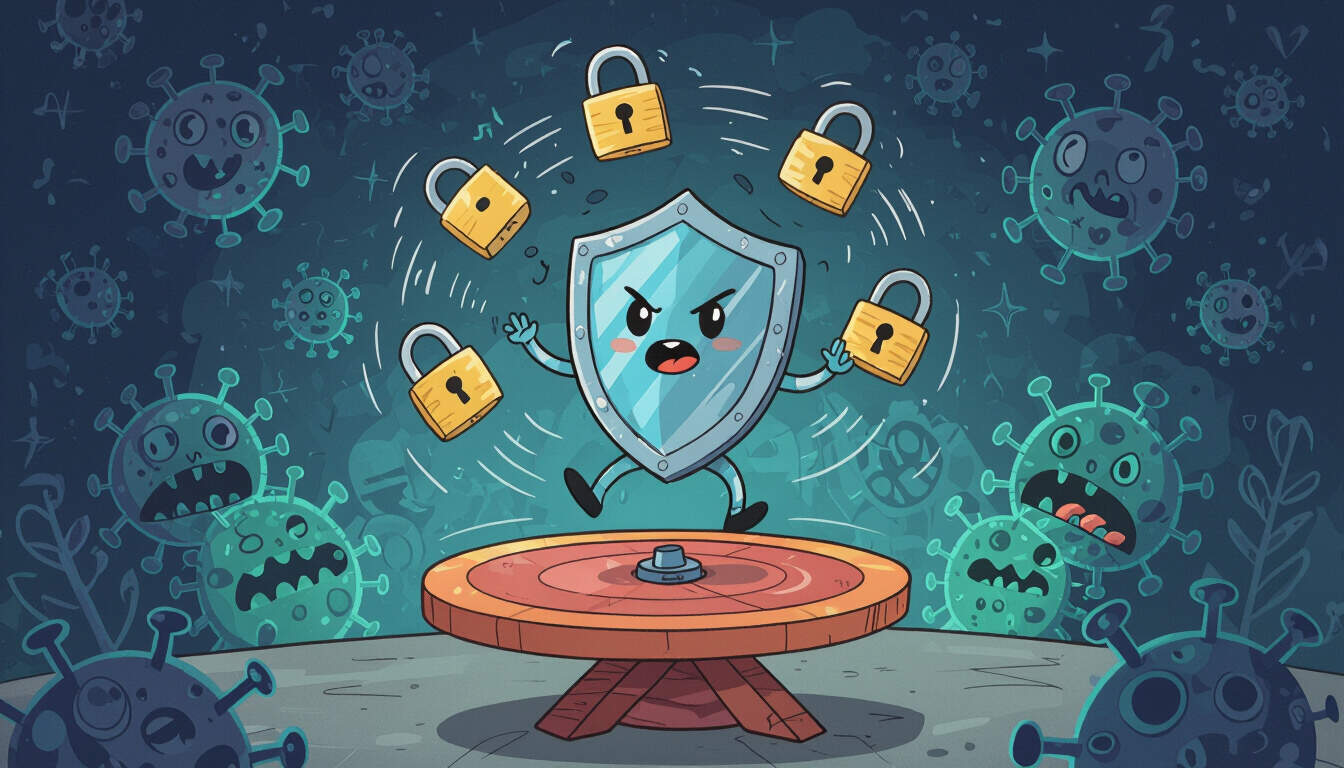Evolution of Cybersecurity and Exponential Feedback Cycles
 by Marlene Keeling
by Marlene Keeling
Explore how cybersecurity advances through cycles of innovation and response, driving exponential growth in defenses and threats. This article examines technology, business strategies, and individual skills in fostering continuous improvement.

The field of cybersecurity constantly changes as new threats emerge and defenses strengthen. This creates exponential feedback cycles where each advancement prompts further developments. For instance, a breach might lead to updated protocols, which then inspire more sophisticated attacks, forming a loop of progress.
In technology, these cycles play a key role. Innovations like artificial intelligence help detect anomalies quickly. Systems learn from past incidents, improving accuracy over time. As artificial intelligence processes more data, it refines its algorithms, leading to better protection measures. This ongoing refinement means that what works today will evolve tomorrow.
Technological Impacts
Feedback cycles in technology often involve automation. Tools scan networks for vulnerabilities and respond in real time. Developers release patches based on detected issues, which then reduce risks for users. Over periods, these adjustments compound, creating stronger systems. For example, encryption methods improve as attackers find weaknesses, pushing creators to innovate further.
Cloud computing adds another layer. It allows for scalable security solutions that adapt to growing needs. As data volumes increase, so do the capabilities of monitoring tools. This means businesses can handle larger threats without proportional increases in effort, thanks to these built-in cycles.
Business Strategies
In business, exponential feedback cycles influence decision-making. Companies invest in training and tools to counter risks, which then enhances their operations. A single incident might prompt a full review of policies, leading to better practices overall. Leaders use metrics to track improvements, ensuring that responses are effective.
For instance, financial firms face unique challenges with data protection. They implement layered defenses that build on each other. When a threat is neutralized, insights gained inform future strategies, creating a cycle of enhancement. This approach helps maintain trust and stability in competitive markets.
Adopting agile methods allows teams to iterate quickly. They test new security features and gather feedback from users, refining approaches as needed. Over time, this leads to more resilient infrastructures that support growth.
Personal Development Aspects
On a personal level, individuals engage with these cycles through continuous learning. Professionals in the field update their skills to match evolving threats, gaining knowledge that prepares them for new challenges. As personal development in cybersecurity advances, people become more adaptable, turning experiences into strengths.
Online courses and certifications provide structured paths for growth. Someone might start with basic concepts and move to advanced topics, building expertise step by step. This progression mirrors feedback cycles, where practice leads to better performance and further opportunities.
For everyday users, awareness plays a part. Simple habits like using strong passwords create habits that protect against common risks. As people encounter issues, they learn and adjust, contributing to broader cycles of improvement in society.
Future Outlook
Looking ahead, these cycles will likely accelerate with emerging technologies. Quantum computing could redefine encryption standards, prompting new defenses in response. The interplay between offense and defense will continue, driving innovation across sectors.
In summary, exponential feedback cycles shape cybersecurity by fostering ongoing adaptation. Whether in tech, business, or personal growth, these processes ensure that the field remains dynamic and effective. By recognizing and engaging with them, stakeholders can stay ahead of challenges and promote a safer environment.
To illustrate, consider how community efforts contribute. Forums and collaborations share knowledge, allowing for collective progress. This shared learning amplifies individual efforts, creating wider impacts.
In closing, the evolution of cybersecurity relies on these interconnected cycles. They offer pathways for advancement that benefit everyone involved, from large organizations to individual users.
